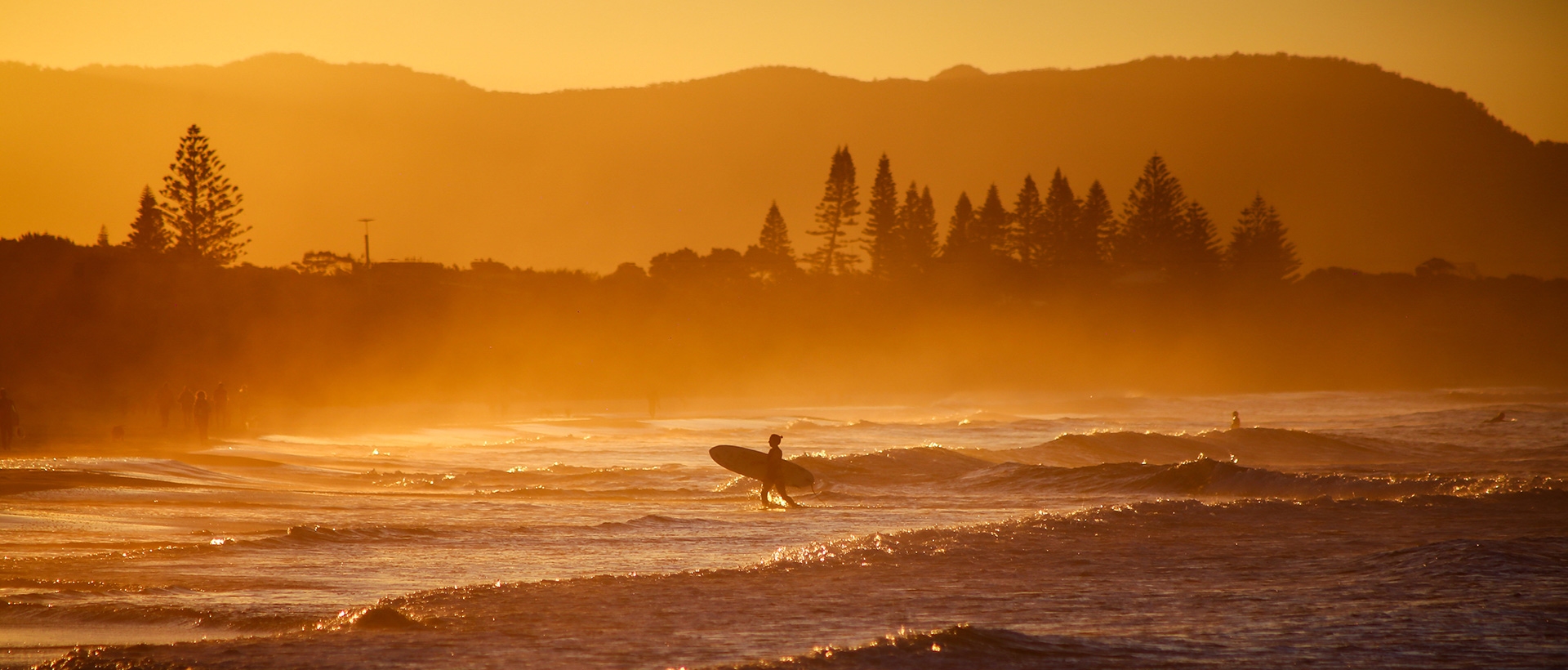Wildlife Spotting
No matter which season you visit Australia, you’ll always be able to see koalas, kangaroos, and colourful birds. But particular animals are more abundant at certain times of the year. Known as Australia's Galápagos, Kangaroo Island is teeming with diverse wildlife, including kangaroos (surprisingly!) wallabies, koalas, echidnas, seals, and sea lions, which you can see all year round. November to March is the driest weather for viewing the animals, while they are thought to be most playful and active in September and October. In winter, the joeys emerge from their mother's pouches to explore, and Southern Right whales visit the waters around the island.
Ningaloo Reef in Western Australia is home to whale sharks and manta rays between March and August each year. Between March and May is the best time to visit Australia to swim with the incredible animals, when the water is warm and the area hasn’t reached its peak tourist season in July, with the school holidays bringing big crowds. For whale watching on the east coast of Australia, you’re most likely to get land-based sightings in:
- Sydney, New South Wales: May to November
- Great Ocean Road, Victoria: May to September
- Hervey Bay, Queensland: July to November
Queensland’s Great Barrier Reef is home to a dazzling array of marine life, offering unparalleled snorkelling and diving experiences. Spot vibrant corals, tropical fish, sea turtles, and reef sharks in this UNESCO World Heritage Site between June and October (the dry season in Australia’s north), when the water is warm and clear. Back on land, this is also the best time of year to visit Daintree Rainforest one of the oldest rainforests in the world. Amongst its lush canopy, you’ll spot cassowaries, tree kangaroos, crocodiles, and a myriad of bird species.











